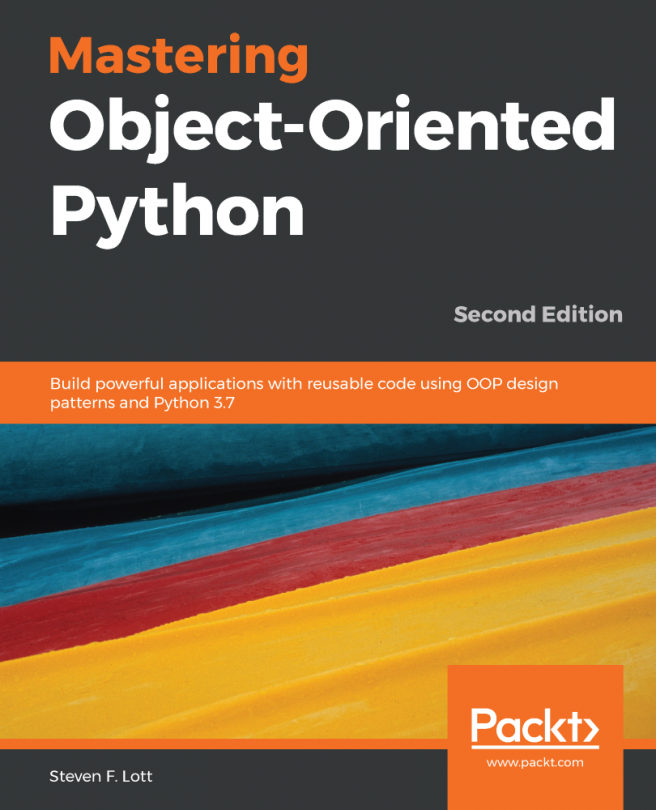Specifying attributes and behaviors
We now have a grasp of some basic object-oriented terminology. Objects are instances of classes that can be associated with each other. A class instance is a specific object with its own set of data and behaviors; a specific orange on the table in front of us is said to be an instance of the general class of oranges.
The orange has a state, for example, ripe or raw; we implement the state of an object via the values of specific attributes. An orange also has behaviors. By themselves, oranges are generally passive. State changes are imposed on them. Let's dive into the meaning of those two words, state and behaviors.
Data describes object state
Let's start with data. Data represents the individual characteristics of a certain object; its current state. A class can define specific sets of characteristics that are part of all objects that are members of that class. Any specific object can have different data values...













































































